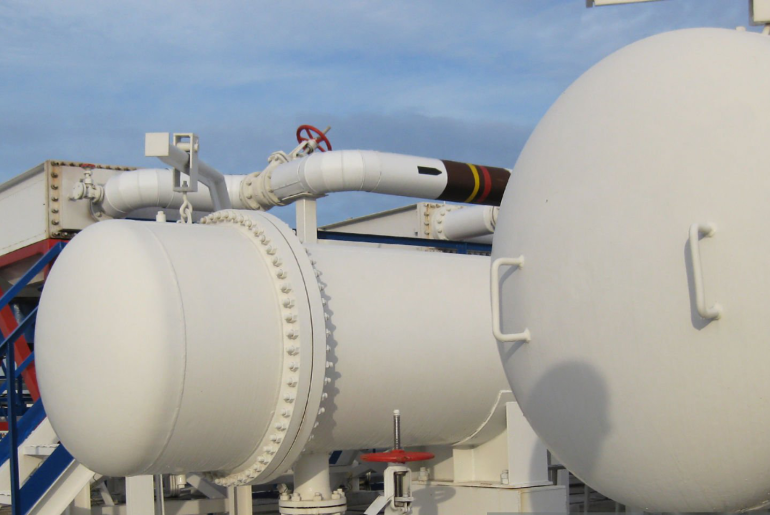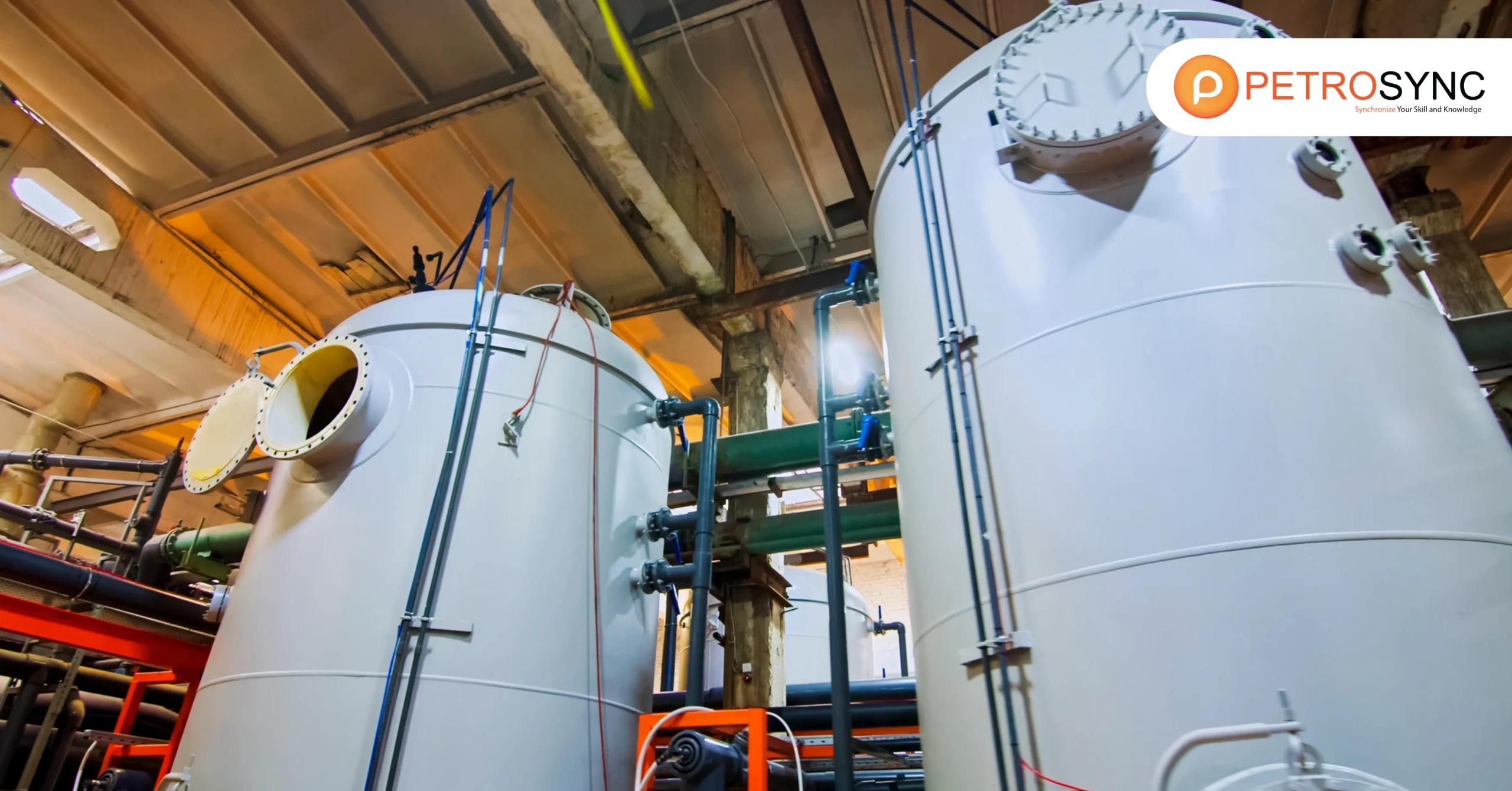Are you in need of an in-depth exploration of ASME Section VIII Div 1? This guide will simplify the theoretical foundations and practical uses of this crucial engineering standard. We aim to unravel the complexities, shedding light on its historical journey, fundamental ideas, and real-world applications.
What Is ASME Section VIII Div 1?
ASME Section VIII Division 1 is a set of rules and standards established by the American Society of Mechanical Engineers (ASME). Section VIII, Division 1 deals with regulations about the design, fabrication, inspection, testing, and certification of pressure vessels of pressure vessels that operate under internal or external pressures surpassing 15 pounds per square inch gauge (psig). These vessels could be either fired or unfired.
This set of rules published by ASME helps engineers and manufacturers make pressure vessels by providing clear instructions and standards to ensure their reliability and safety.
In Section VIII, Division 1, you’ll find various appendices, some required and others optional. These appendices provide additional guidelines for designing pressure vessels, explaining nondestructive examination methods and standards for accepting inspections. The section also outlines rules for using the ASME certification mark with the U, UM, and UV designators.
What Is The Difference between ASME VIII Div 2 and Div 1?
ASME Section VIII Division 1 and Division 2 are two distinct sets of rules established by the American Society of Mechanical Engineers (ASME) for the design, fabrication, inspection, testing, and certification of pressure vessels. In essence, division 1 relies on the normal stress theory, whereas Division 2 utilizes the maximum distortion energy principle (Von Mises).
Division 1 primarily applies to a broad range of pressure vessels, providing general requirements for their design and construction. It covers vessels operating at pressures above 15 pounds per square inch gauge (psig), both for internal and external pressures. Division 1 is commonly used for standard applications and is more straightforward in its approach.
On the other hand, Division 2 is more specialized and offers an alternative set of guidelines specifically suited for pressure vessels with higher complexity. It is often chosen when the design involves unique conditions or materials. Division 2 takes a more detailed and in-depth approach to the analysis and design of pressure vessels, providing a more rigorous framework for situations where Division 1 might not offer sufficient guidance.
In essence, the key difference lies in the scope and complexity of the pressure vessel design. Division 1 is versatile and applicable to a wide array of standard scenarios, while Division 2 is tailored for situations demanding a more intricate and specialized approach. Engineers carefully evaluate the specific requirements of a project to determine whether Division 1 or Division 2 is the more suitable standard for the design and fabrication of pressure vessels.
What Are The Key Changes in BPVC Section VIII, Division 1 (ASME BPVC-VIII-1)?
Some of the notable changes in ASME Section VIII Div. 1 are:
1. Impact Test Requirements for Diffusion Welding (DFW)
A new paragraph, UG-84(d)(3), has been added to articulate the impact test requirements specifically for diffusion welding (DFW). This addition aims to provide precise guidelines and enhance clarity in this aspect of pressure vessel fabrication.
2. Sharing of Proof Testing Reports
The introduction of Paragraph UG-101(a)(5) addresses the sharing of proof testing reports among manufacturers owned by the same entity. This inclusion ensures a standardized and transparent approach to proof testing within affiliated manufacturing entities.
3. Consistency in Heat Exchanger Types (Part UHX)
Part UHX has undergone significant realignment and revision to ensure consistency among different heat exchanger types. The revision involves basing the shell and channel coefficients on the mean diameter instead of the inside diameter, aligning with the principles outlined in PTB-7.
4. Streamlining Heat Exchanger Design Rules
Part UHX and Appendix 26 design rules, identical to Part 4.18 and 4.19 of Division 2, have been removed. Instead, they now refer to Part 4.18 and 4.19 when applicable, streamlining the design requirements for all heat exchangers. This modification facilitates easier maintenance through a unified set of rules.
5. Global Designator Update – “PRT” to “PRT VIII-1”
A global change has been implemented throughout Section VIII, Division 1, updating the “PRT” designator to “PRT VIII-1”. This standardized labeling system ensures consistency across the entire section.
What Is ASME Section VIII Division 1 Appendix 46?
Division 1 of ASME Section VIII doesn’t cover all the details of pressure vessel design. When specific rules are lacking, U-2(g) allows alternatives, including using Mandatory Appendix 46.
This appendix outlines how to incorporate Section VIII, Division 2 rules into the design of Division 1 pressure vessels, with restrictions outlined in five categories:
- Allowable Stresses
- Design Thickness and Weld Joint Efficiency,
- Design Loads and Load Case Combinations,
- Weld Joint Details, and
- Fabrication Tolerances
Mandatory Appendix 46 in Section VIII, Division 1 permits the use of Division 2 to determine design details for Division 1 pressure vessels, but with limitations due to differences in material, design, and fabrication requirements between the two divisions. Division 2 offers two design methods:
- Design by Rule (formulas for components)
- Design by Analysis (requirements for numerical analysis).
Adhering to the restrictions outlined is crucial for ensuring a seamless application of Division 2 rules in the design of Division 1 pressure vessels.
What Is ASME Section VIII Divisions 1 Appendix 47?
The 2021 Edition of ASME Section VIII, Division 1 introduced Mandatory Appendix 47, outlining requirements for individuals engaged in pressure vessel design. Designers, Engineers, and Certifying Engineers are defined, with “responsible charge” explained by the National Society of Professional Engineers (NSPE) Statement No. 1778 as direct control and supervision of engineering work.
Requirements for Designers and Engineers vary based on experience, education, and licensing, with specific provisions for alternative minimum experience specified by Manufacturers. Additionally, Appendix 47 outlines extra qualifications for certain design activities, such as:
- Performing numerical analyses (such as finite element analysis)
- Conducting fatigue assessments
- Design for seismic reactions (specifically response history procedure)
- Design of quick-actuating closures
- Performing design activities not specifically addressed by Section VIII, Division 1.
In summary, ASME Section VIII, Division 1 is a foundational standard in pressure vessel design. It offers clear guidelines for creating, inspecting, and certifying these vessels, ensuring their safety and reliability. This code is widely embraced across industries, providing a common set of practices that engineers and manufacturers follow.
Its broad usage highlights its significance, serving as a key tool for meeting regulatory requirements, improving operational efficiency, and, most importantly, prioritizing safety. ASME Section VIII, Division 1 contributes to standardized engineering practices, advancing pressure vessel technology and ensuring the well-being of both assets and individuals in various industrial sectors.
PetroSync provides comprehensive training covering both ASME Section VIII, Division 1 and Division 2, offering you a thorough understanding of pressure vessel design. By enrolling in PetroSync’s ASME Section VIII training, you enhance your expertise in industry-standard practices and gain versatility to navigate diverse scenarios.
We commit to ensuring you can stay relevant, and equipped with in-depth knowledge and the latest advancements in pressure vessel technology. Choosing PetroSync should be your investment in professional growth, empowering you to excel in the dynamic field of pressure vessel engineering.
Credit header image: iStock

SEO specialist by day, fact-checker by night. An avid reader and content writer dedicated to delivering accurate and engaging articles through research and credible sources.







